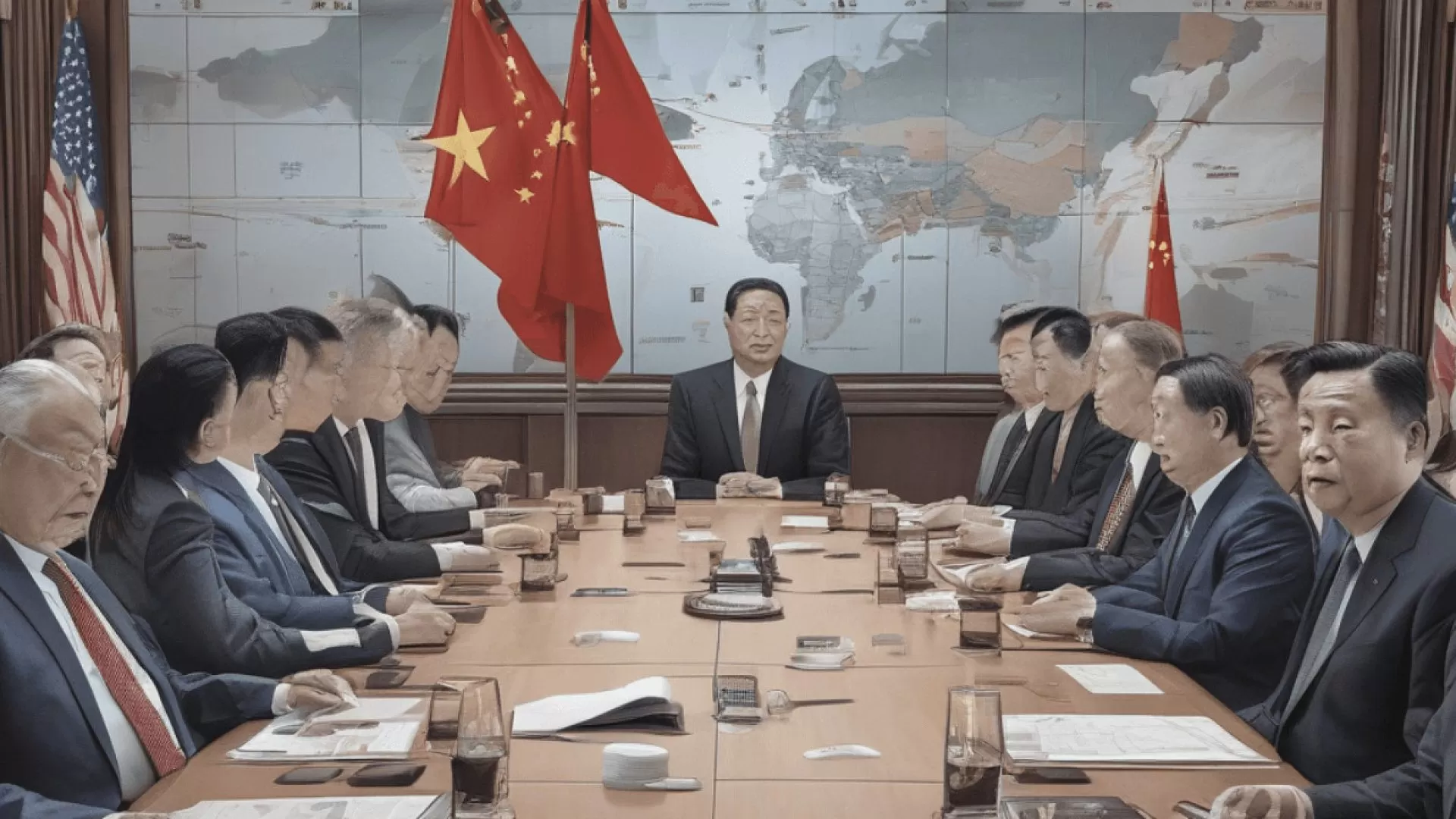The ongoing trade tensions between the United States and China, often referred to as the US-China Trade War, have significant implications for Amazon sellers, especially those sourcing products from China. Changes in tariffs and trade policies can affect the cost and availability of goods, impacting sellers’ pricing strategies, supply chains, and overall profitability. Understanding these implications is crucial for Amazon sellers to navigate the challenges and adapt their business strategies accordingly.
Impact of the US-China Trade War on Amazon Sellers
Increased Tariffs and Costs
One of the most direct impacts of the trade war is the increase in tariffs on goods imported from China. This leads to higher costs for sellers who source products from China, affecting their pricing strategies and profit margins.
Supply Chain Disruptions
The trade tensions can cause disruptions in supply chains. Sellers may experience delays in shipments, increased shipping costs, and uncertainty in procurement timelines, impacting inventory management and sales planning.
Diversification of Supply Sources
In response to these challenges, many Amazon sellers are exploring alternatives to Chinese suppliers. This includes sourcing products from other countries or even shifting to domestic suppliers where feasible.
Price Adjustments and Competitive Landscape
Sellers may need to adjust their product prices to reflect the increased costs, which can affect their competitiveness on Amazon. It’s a delicate balance to maintain profitability while remaining attractive to price-sensitive customers.
Strategies for Amazon Sellers to Mitigate Risks
Exploring Alternative Suppliers
Consider diversifying your supplier base beyond China. Countries like Vietnam, India, and Mexico are becoming popular alternatives for sourcing products.
Revisiting Product Portfolio
Evaluate your product portfolio to identify items that are heavily impacted by tariffs and explore the feasibility of replacing them with less affected products.
Monitoring Regulatory Changes
Stay informed about the latest developments in trade policies and tariffs. Understanding these changes can help in making proactive adjustments to your sourcing and pricing strategies.
Investing in Inventory Management
Enhance your inventory management to deal with supply chain uncertainties. This might include stocking up on key products or using Amazon’s FBA service to buffer against potential delays.
Communicating with Suppliers
Maintain open lines of communication with your suppliers to stay updated on any potential disruptions or changes in pricing and lead times.
Adjusting Pricing Strategies
Carefully consider your pricing strategies to address increased costs. This might involve gradual price increases or absorbing some of the costs to maintain competitive pricing.
Concluding Words
The US-China Trade War presents a complex set of challenges for Amazon sellers, particularly around sourcing and pricing strategies. By staying informed, diversifying supply sources, and adapting business strategies, sellers can navigate these challenges. It’s important to remain agile and responsive to the changing trade landscape to minimize the impact on your Amazon business.



